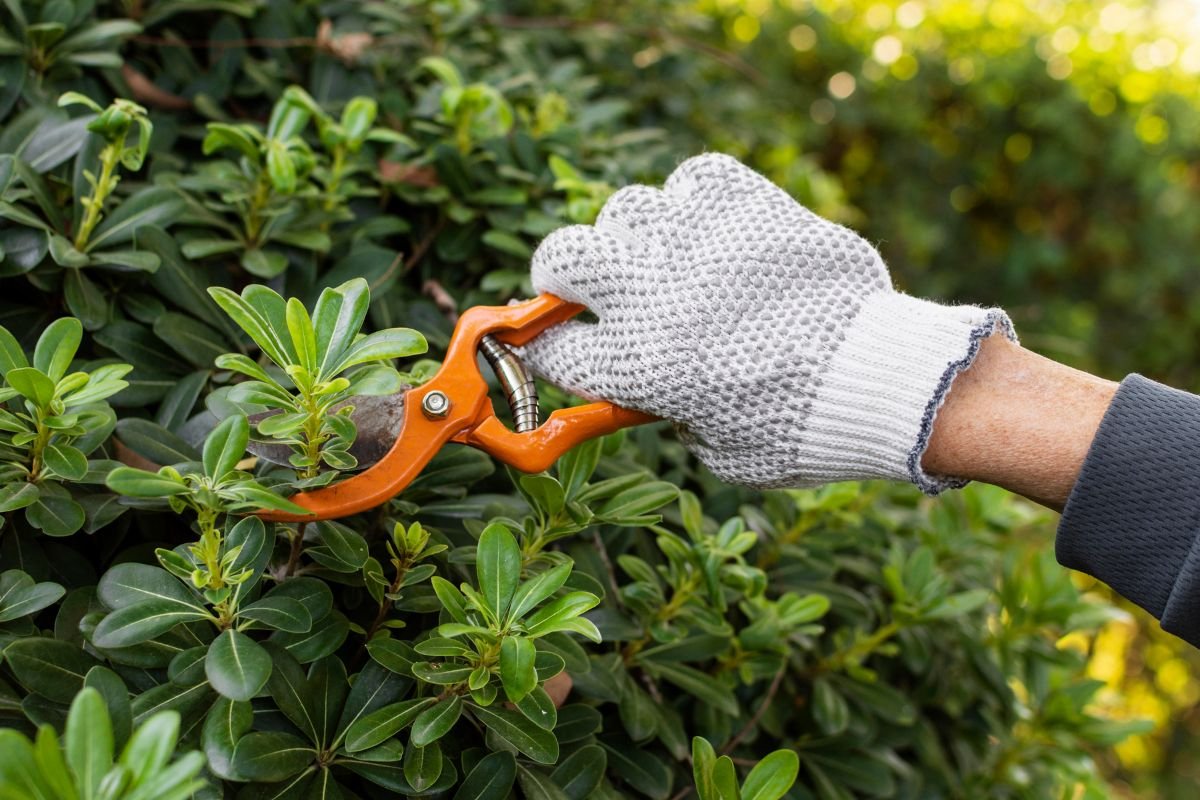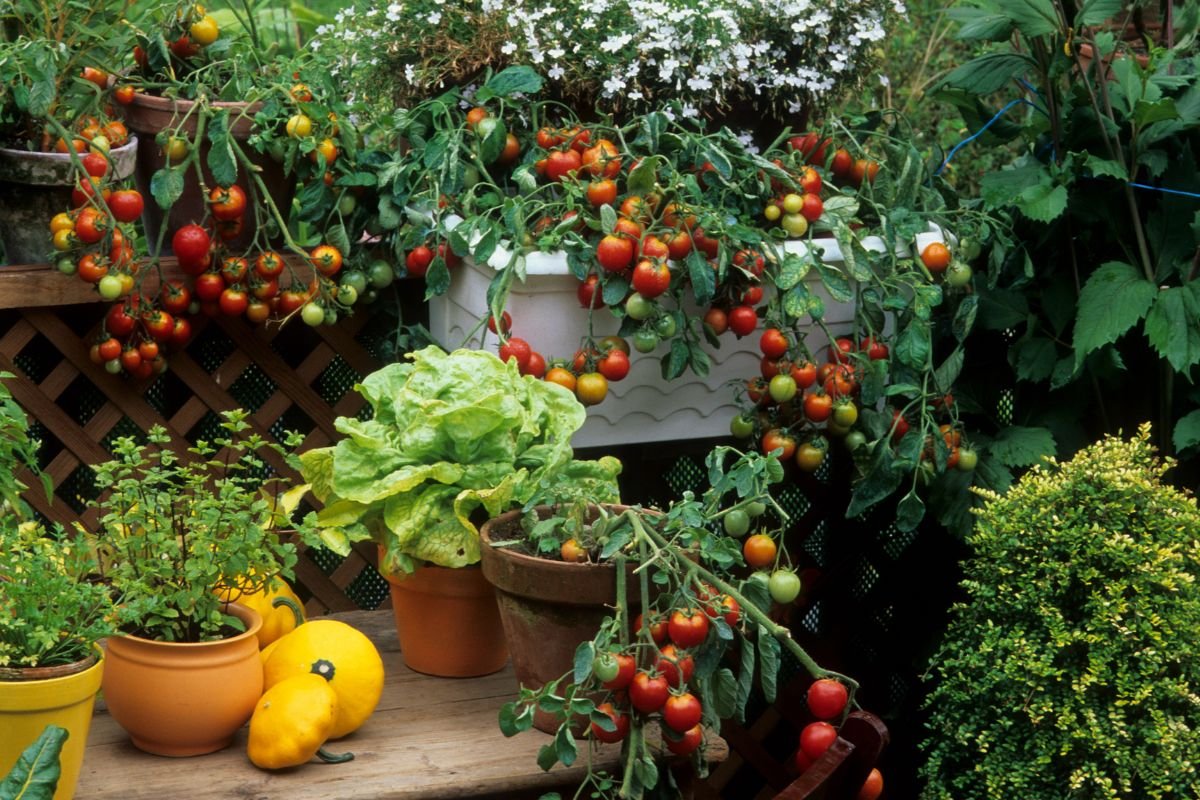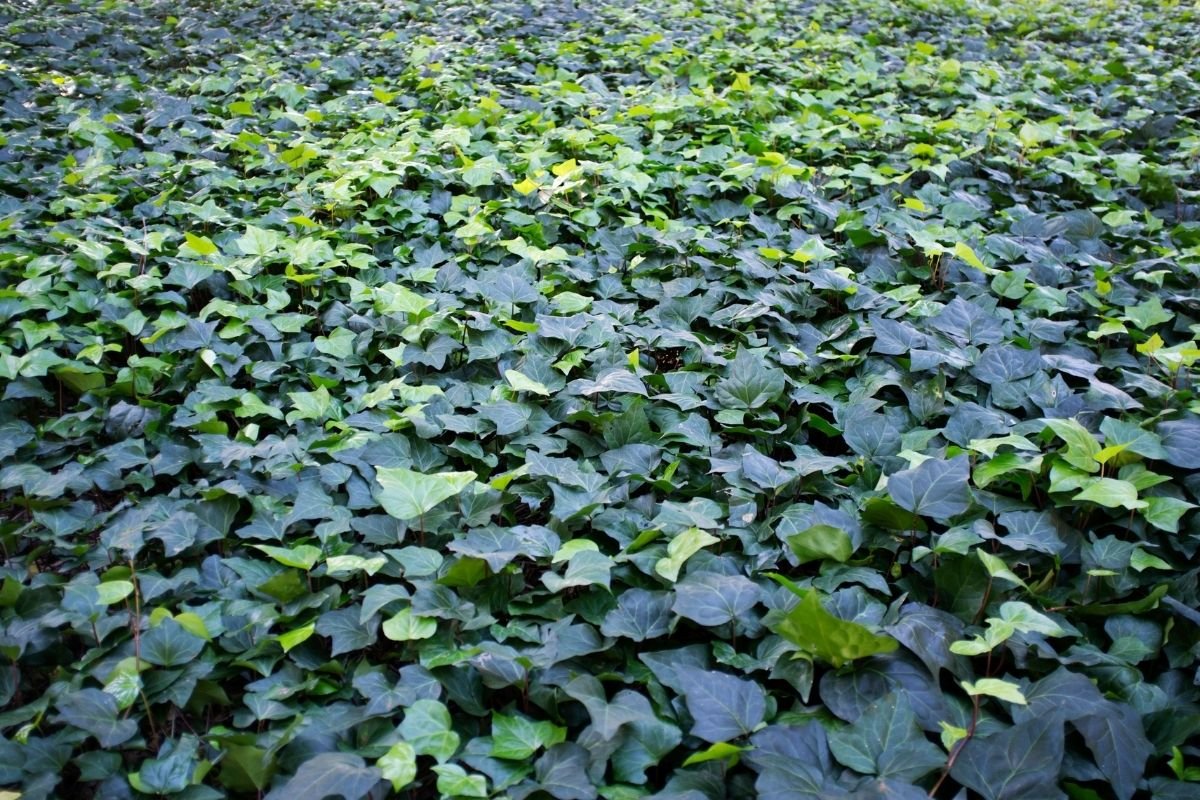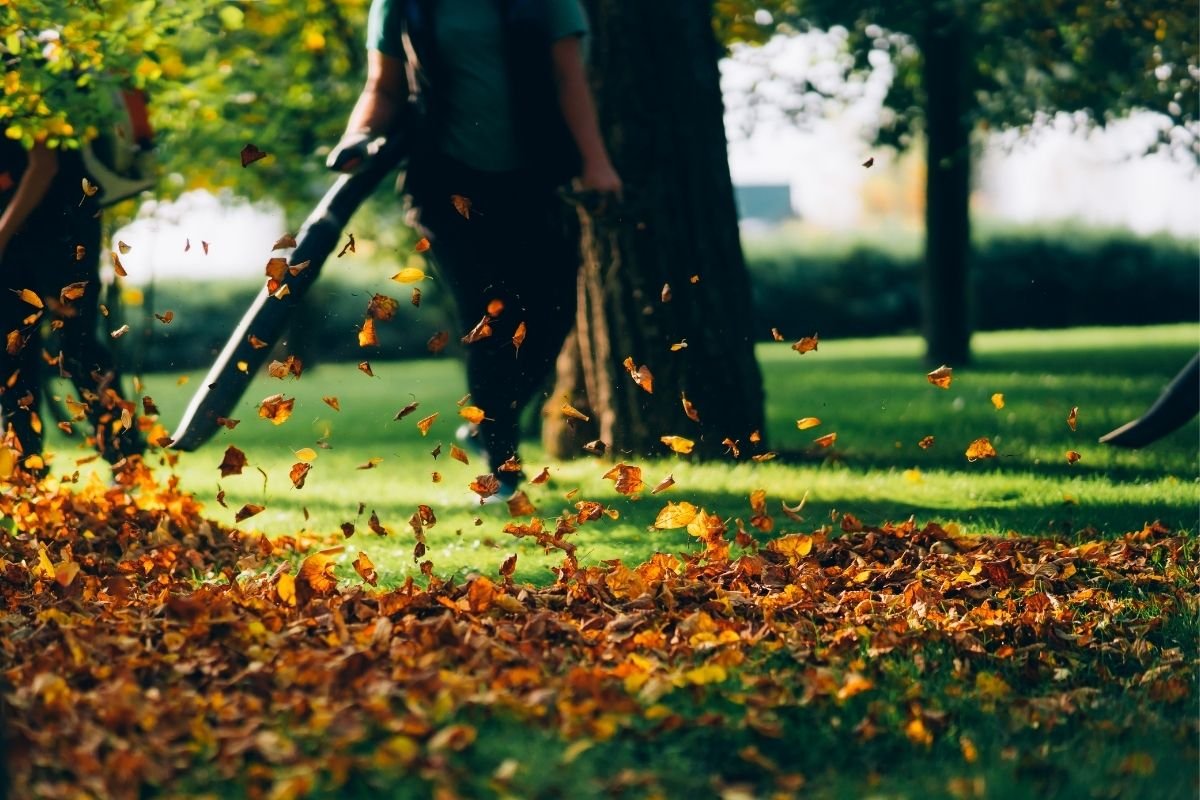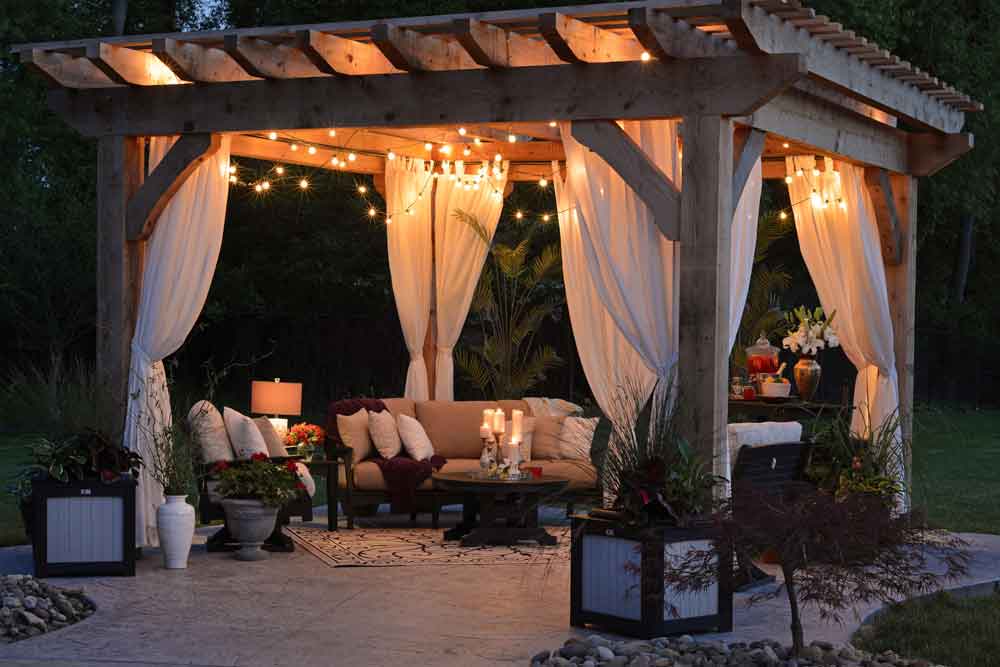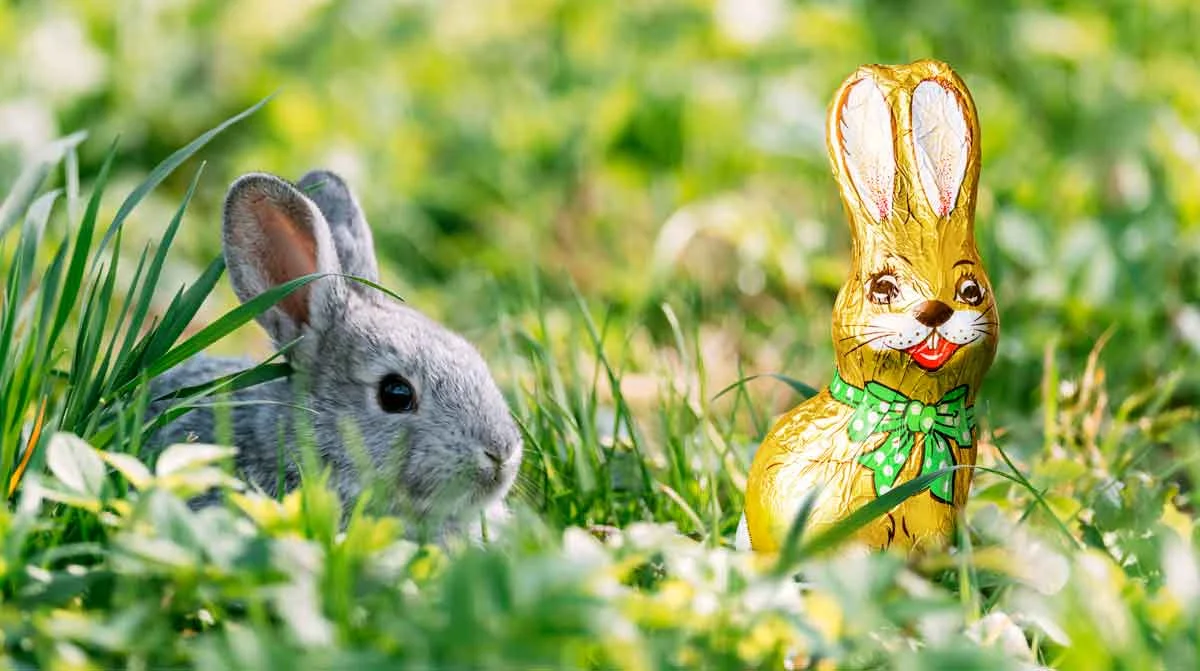New Zealand is blessed to be home to a range of beautiful native birds, such as Tui, Kereru, and Piwakawaka. However, not everyone gets to wake up to the sound of birdsong every morning. If you’d love for your alarm clock to be the sound of native birds awaking from their slumber, then read on. We’ve included a few helpful tips on how to encourage native birds to your backyard.
Make a Pinecone Bird Feeder
It can be a sight to behold when sparrows and starlings grace your section. If you have nothing to offer them, however, it’s not long before they fly off somewhere else in search of food. If you want to be the “go-to” property for birds in your area, then why not make a pinecone bird feeder? According to the Department of Conservation, it’s easy!
You’ll need a pinecone, scissors, string, smooth peanut butter, lard, a butter knife, birdseed, and a plate. Cut a piece of string to hang the feeder, making sure it’s thick and long-lasting to handle weather conditions.
Use the string to tie a knot around the pinecone near its stalk and use this as the hanging point. You can then use your butter knife to smear lard and peanut butter in equal parts inside the pinecone and around the edges. Hold the pinecone over your plate and sprinkle the birdseed over it.
To finish, roll the pinecone in the plate to pick up any remaining birdseed. Hang the feeder at least three metres off the ground to keep it safe from predators. To avoid rats and mice getting to it first, take it down at night.
In springtime, when lawn care experts are out in their droves, you may not see as many birds making use of your feeder. Natural food sources are starting to become readily available again.
Plant Desirable Trees, Shrubs, Climbers, and Container Plants
Native birds are more likely to come onto your property and say hello when you have something they want. If your plant selection caters more to what you like than what a bird does, then they often won’t have a reason to visit. Talk to your local gardening expert about what to plant and where to plant it.
Cabbage trees, Kowhai, Broadleaf, and Mahoe, are all trees that grow over six feet high and offer an abundance of food for native birds. The Cabbage Tree, for example, boasts a cream flower, while Kowhai’s yellow flower is a treat for native birds as well. There is a range of different trees with fruits and flowers that will appeal to the native bird population.
If you don’t like the idea of a six-foot tree towering over your property, then you can look at shrub options instead. The Korokio shrub offers red fruit, while the New Zealand Iris has a lovely orange seed pod that appeals to many critters as well. Even the Corprosma is appealing, with its orange-red fruit.
Create a Safe Environment
If native birds feel under threat in your property, then they won’t be likely to hang around for long. Try to understand what it takes to give the birds confidence, and you may find they stick around for longer.
When you plant their favourite sources of food, make sure you do so away from your home. Window reflections confuse birds, particularly the Kereru which tends to be a frequent flyer when it comes to window-related injuries.
If you are trying to attract fantails and similar native birds, then encourage insects alongside plantlife for the larger birds. Fantails love moths, beetles, earthworms, and spiders. Talk to your local gardener about adding mulch and leaf litter to your garden to encourage insects.
It also helps if your yard is free of animals that prey on birds, such as cats, hedgehogs, possums, weasels, and rats.
Get to Know the Species
If there is a particular bird you want to see more of than others, then make sure you know as much about it as possible. Become an expert. By doing so, you will be able to create a paradise in your backyard that appeals to that particular bird.
For example, if you want to see more Kereru, then ensure you have an abundance of fruit and foliage. Or, if you want to see more Tui, then you will need to have insects, nectar, and fruit. The more you know about the native birds of Aotearoa, the more likely you will be able to cater to their needs.
Conclusion
As the New Zealand population increases, more houses are being built on even smaller sections than ever before. With smaller sections come smaller gardens. A postage stamp backyard, however, doesn’t mean you can’t wake up to birdsong. Find out what your favourite birds like, then give it to them. They’ll be calling your home theirs in no time.
(NZ bird miniatures courtesy of Jesika Maessen)
.png)







